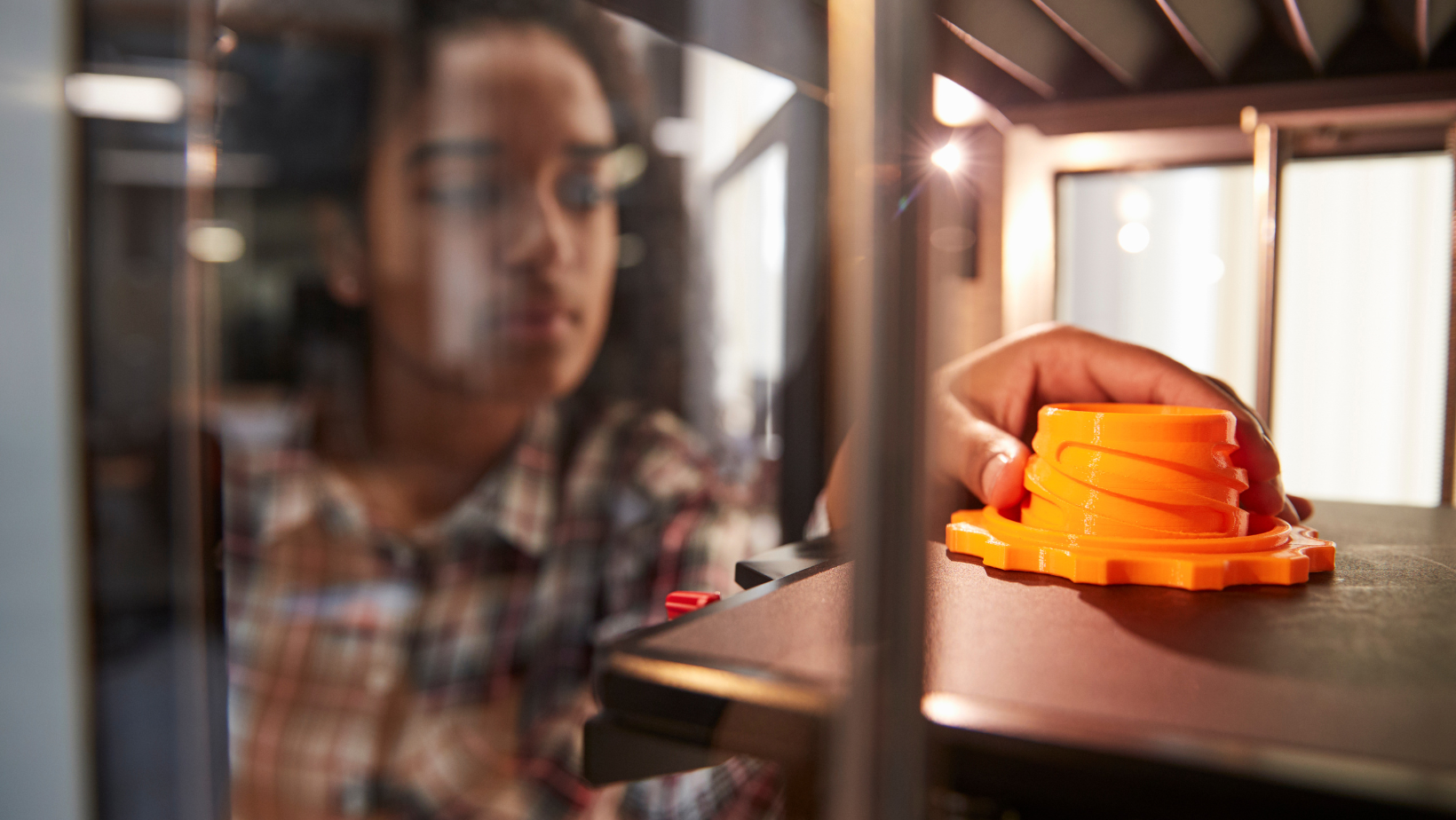
3D printing, also known as additive manufacturing, is a technology that has revolutionized the way products are designed and prototyped. With 3D printing, products can be created by adding material layer by layer, allowing for complex designs and rapid prototyping.
In this article, we'll explore some of the different 3D printing techniques, offer design suggestions for a prototype to be 3D printed, and explain why 3D printing is so important for rapid prototyping.
Different 3D Printing Techniques
There are several 3D printing techniques that can be used depending on the desired output and the material being used. Here are some of the most common techniques:
-
Fused Deposition Modeling (FDM): This is the most commonly used 3D printing technique, where a material is heated and extruded through a nozzle to create a 3D object layer by layer. FDM is often used for creating simple, low-cost prototypes.
-
Stereolithography (SLA): SLA uses a liquid photopolymer resin that is cured by UV light to create a 3D object. This technique is ideal for creating complex and detailed prototypes.
-
Selective Laser Sintering (SLS): SLS uses a laser to sinter powder materials, such as nylon or metal, layer by layer to create a 3D object. SLS is often used for creating functional prototypes and end-use parts.
Design Suggestions for a Prototype to be 3D Printed
When designing a prototype to be 3D printed, it's important to consider the limitations and capabilities of the chosen 3D printing technique. Here are three design suggestions:
-
Keep it simple: While 3D printing can create complex designs, it's best to start with a simple design to ensure that the prototype can be printed accurately and without errors.
-
Ensure proper support structures: Depending on the design, support structures may be needed to prevent the prototype from collapsing during printing. Make sure to include these structures in the design.
-
Choose the right material: The material used for the prototype should be chosen based on the intended use and the capabilities of the 3D printing technique. For example, if a functional prototype is needed, a material with the required strength and durability should be used.
Why 3D Printing is Important for Rapid Prototyping
Rapid prototyping is the process of quickly creating a prototype to test and refine a design. 3D printing is essential for rapid prototyping because it allows for the quick and cost-effective creation of prototypes, without the need for expensive tooling or molds.
With 3D printing, designers and engineers can quickly create and test multiple iterations of a design, making changes as needed to improve the final product. This allows for a faster and more efficient product development process, saving time and money.
In conclusion, 3D printing has become an essential technology for rapid prototyping, allowing designers and engineers to create high-quality and functional prototypes quickly and cost-effectively. At Hemargroup, we offer a wide range of services for the design and prototyping of parts in 3D printing, utilizing our expertise in different 3D printing techniques, such as FDM, SLA, and SLS, to create prototypes that accurately reflect the final product.
Our team of experts can work with clients to ensure that the design and 3D printing technique used are appropriate for the intended use of the prototype. Additionally, we can provide guidance and support throughout the entire prototyping process, from initial design to final production.
By utilizing our services for the design and prototyping of parts in 3D printing, clients can benefit from faster and more efficient product development, resulting in a better overall customer experience. Contact us today to learn more about how we can help you with your 3D printing needs.
.png)